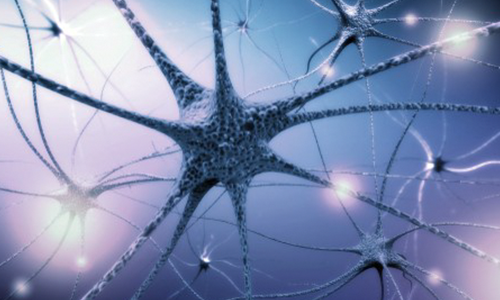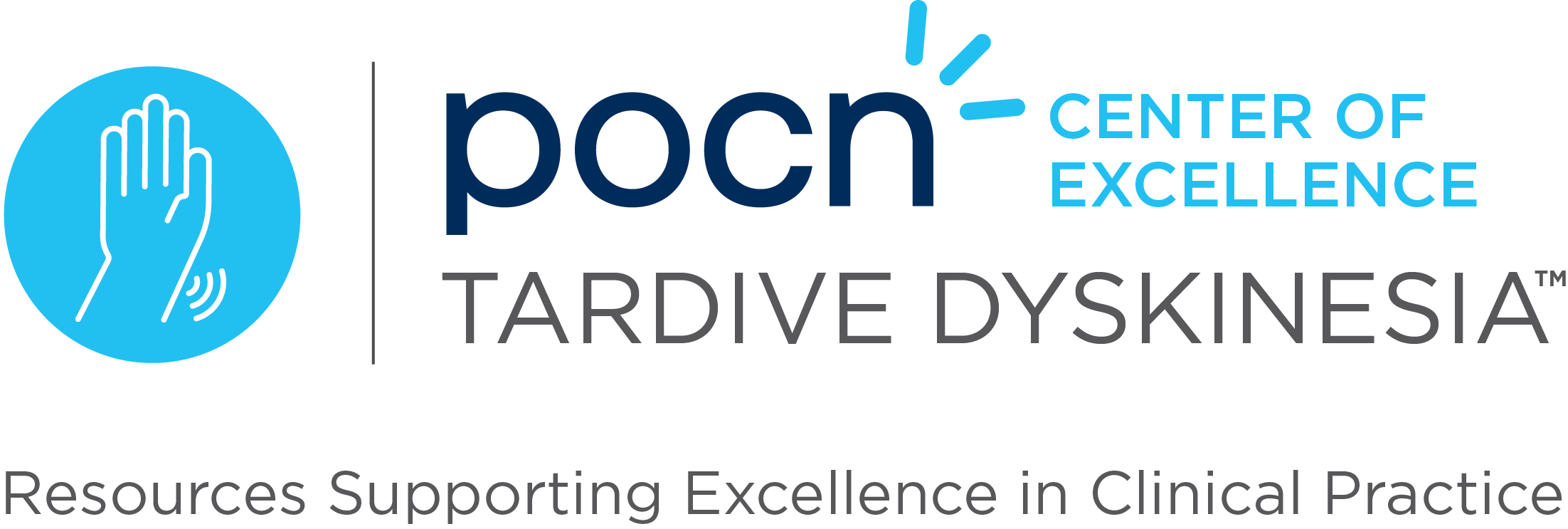Understanding Tardive Dyskinesia

The author of this article gives an overview of tardive dyskinesia (TD). TD can potentially be a permanent movement disorder that is caused by dopamine receptor blocking agents (DRBAs) in chronically using them. There are several risk factors associated with TD including certain genetic factors, female sex, African and Caucasian ethnicity, older age, illness duration along with cumulative dose of DRBA, and use of first-generation antipsychotics. Approximately 25% of psychiatric patients taking antipsychotic medication are estimated to have TD, representing a minority compared with the amount of people taking these medications. Prevention of TD is crucial, as stopping the medication causing TD does not always relieve the condition; however, there is no certain way to predict who will develop TD once starting DRBA use.
Authors Review Impact of Calcium Channel Blockers on Antipsychotic-Induced Tardive Dyskinesia

Authors of a review looked to study the impact of calcium channel blocker therapies (diltiazem, nifedipine, nimodipine, verapamil) in treating patients with neuroleptic-induced tardive dyskinesia (TD) and chronic mental illnesses including schizophrenia and schizoaffective disorder. Researchers used the Cochrane Schizophrenia Group Trials Register (July 2015 and April 2017) to gather information for their research. There were no trials included in prior versions of this review. In their 2015 review, there were three cross-over trials that were included by the researchers, but no new relevant studies in the 2017 review. A total of 47 patients were included in the study from the included trials who had chronic mental illness from both the United States and China. Authors did note that, due to the low availability of evidence, no conclusions could be made on the impact of calcium channel blockers in antipsychotic-induced TD.
Insights on Treating Tardive Dyskinesia Using Telehealth

A panel of six neurologists, three psychiatrists, and three psychiatric nurse practitioners participated in a study to outline a framework to address the use of telehealth to treat tardive dyskinesia. The panel found telehealth to be beneficial primarily for the ease of making and attending appointments for patients but agreed that an in-person assessment should be held at least every six months from telehealth appointments. Additional recommendations are discussed.
How to Identify Tardive Dyskinesia: Learning the Movements

This video is an instructional guide to help providers and patients identify the facial movements that are most commonly associated with tardive dyskinesia (TD). The movements that patients with TD experience are slow, irregular, and change their shape. Through real time demonstrations, Dr Rajnish Mago shows multiple examples of the most common facial movements found in patients with TD including pouting, puckering, and smacking of the lips as well as several tongue, perioral, and jaw movements.
Tardive Dyskinesia: The Causes and Importance of Early Recognition

This video follows the real-life story of a patient with tardive dyskinesia (TD), while also providing an overview of the disease. TD is a late-onset movement disorder that has been linked to long-term use of antipsychotic medications. The physical symptoms can impact the entire body but are often most noticeable in the facial region. Challenges for providers are discussed, including how to weigh the use of antipsychotic therapies with the potential of TD in patients who have a history of medications, including therapies unrelated to mental health medications that are also dopamine blockers, and the importance of early symptom recognition by both patients and providers.
Tardive Dyskinesia and How the Nervous System Works

A video from the Depression and Bipolar Support Alliance discusses information about tardive dyskinesia (TD), as well as how the nervous system works. Some people do not have enough, too much, or irregular neurotransmitters to bind to receptors that can cause irregular signaling, possibly explaining the symptoms of mental health conditions including schizophrenia, bipolar disorder, and depression. In order to treat mental health conditions, antipsychotics are often given, and much of these therapies are dopamine-receptor blocking agents. More signaling can occur when dopamine is binding to hypersensitive dopamine receptors, having an impact on areas of the brain that impact motor function, causing TD.
Neuropsychiatric Assessment Through Telepsychiatry

A study sought to determine if the Abnormal Involuntary Movement Scale (AIMS), which relies on visual judgements, can be a reliable measurement tool through video chat. AIMS scores were examined by 2 independent raters in face-to-face contact and 2 raters assessing remotely through audio-visual transmission. Intraclass Correlation Coefficient was used to determine inter-rater reliabilities. No considerable difference was found between the raters, which may be due to the condition while examining involuntary movements using the AIMS. Researchers noted that the results were dependable to the same degree.
Tardive Dyskinesia Effect on Caregivers

A study from the Journal of the American Psychiatric Nurses Association showed that caregivers of those with tardive dyskinesia are significantly impacted and should be thought of when clinicians create treatment plans for these patients. Caregivers manage the health of these patients daily and have limited time and energy to take care of their own needs, which affect their relationships, social lives, work, and home tasks. In the study, 41 unpaid caregivers of TD completed questionnaires that included questions regarding the caregiver’s sociodemographic characteristics, view of the impact of abnormal involuntary movements on patients, and the effect of the movements on themselves as caregivers. Twenty of the caregivers were full-time or part-time employees, and 35 participants were either family members or friends of a patient with TD.
Fifty percent of the participants responded that the patient’s movement either had “some” or “a lot” of impact on their ability to “continue usual activities” (50%), and this group also reported that the movements had an affect on them being productive (58.4%), taking care of themselves (49.9%), and socializing (55.5%). They also reported that the TD movements of the patient required the caregiver to time manage, impact their overall life, and cause them to feel either frustrated or angry.
Nurse Impact on Tardive Dyskinesia

Since an increase in telehealth visits since the COVID-19 pandemic, assessing for tardive dyskinesia (TD) has been a challenge, but evaluation can be successful based on best practices that are described in this article. It is important for psychiatric nurses to educate patients and caregivers on the potential risks of antipsychotic-induced movement disorders including TD. Researchers of this article also note that nurses should be attentive that every patient taking antipsychotics should be monitored for the potential development of TD. After a TD diagnosis, nurses can educate patients about safe and effective treatments that are available and approved by the Food and Drug Administration.
Tardive Dyskinesia Impact on Quality of Life in Those With Bipolar Disorder, Major Depressive Disorder, and Schizophrenia

Investigators of a study looked to analyze the health-related quality of life (HRQoL) in patients diagnosed with bipolar disorder, major depressive disorder, or schizophrenia by comparing those with tardive dyskinesia (TD; n = 197) and patients without TD (n = 219). HRQoL in both groups were compared with the HRQoL of the general population as well. Using a cross-sectional web-based survey, HRQoL was measured using the SF-12 Health Survey, Version 2, Quality of Life Enjoyment and Satisfaction Questionnaire, Short Form, the Social Withdrawal subscale of the Internalized Stigma of Mental Illness Scale, and 2 questions regarding movement disorders.
It was found that those with TD had considerably worse HRQoL and social withdrawal than patients without TD, and these differences were distinct with physical HRQoL domains vs mental health domains. Based on self- or clinician-based ratings, patients with more severe TD had considerably worse HRQoL vs those with less severe TD. TD impact was significantly greater in patients with schizophrenia compared with patients with bipolar disorder or major depressive disorder.
